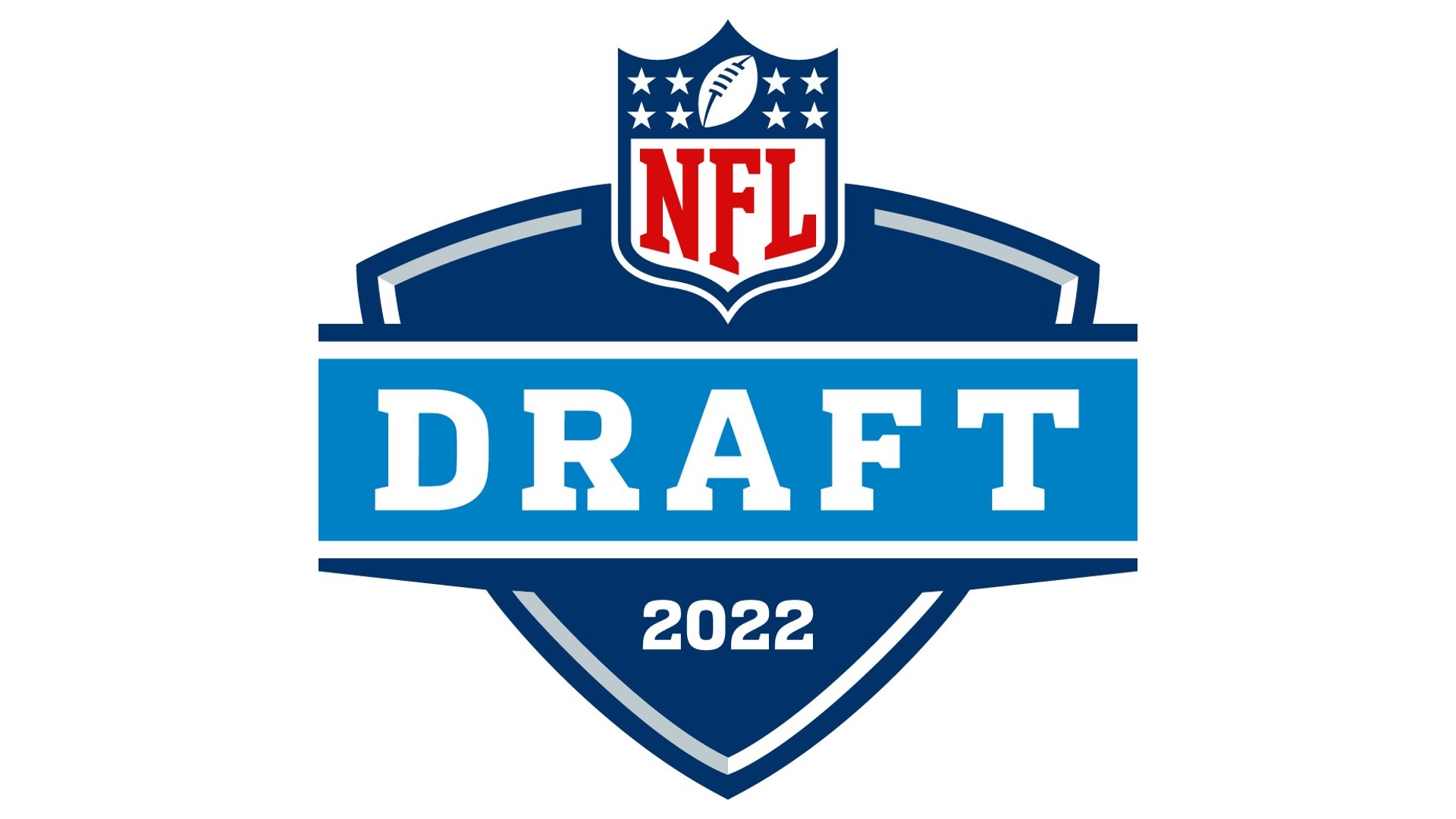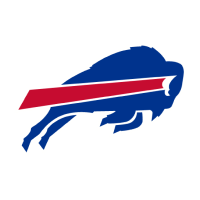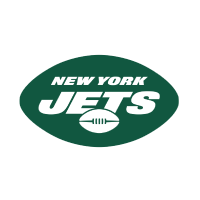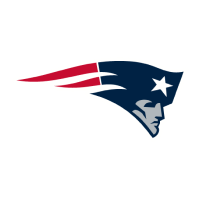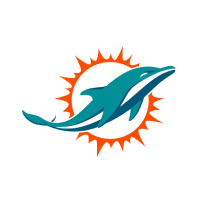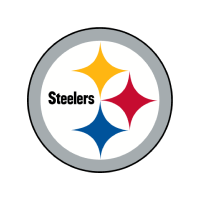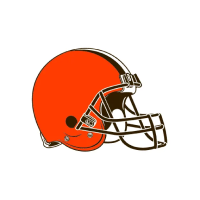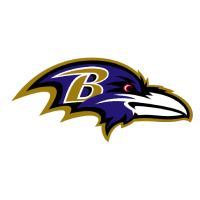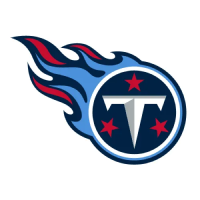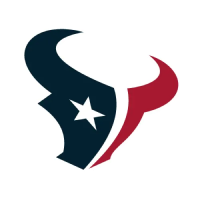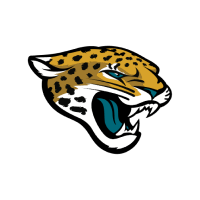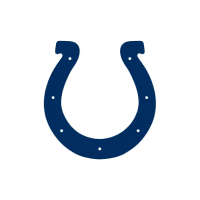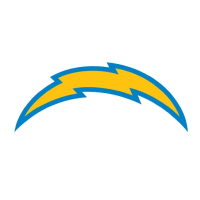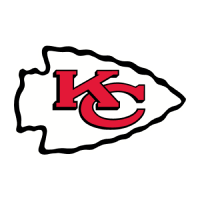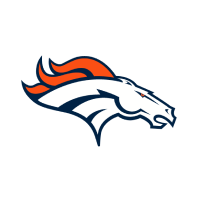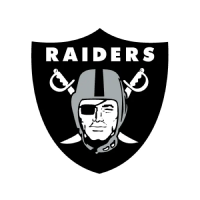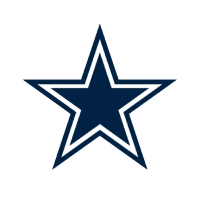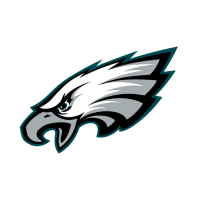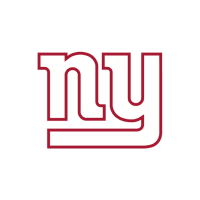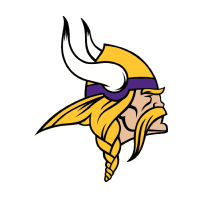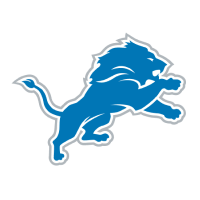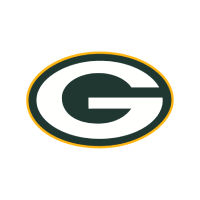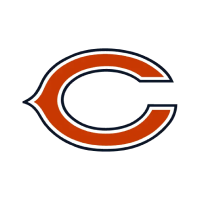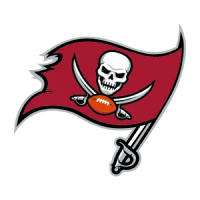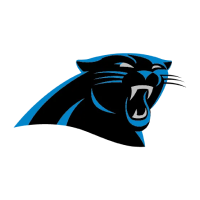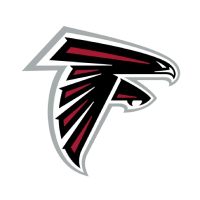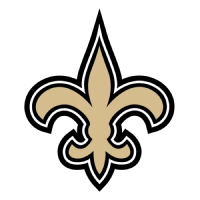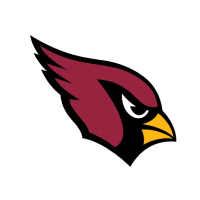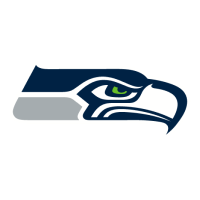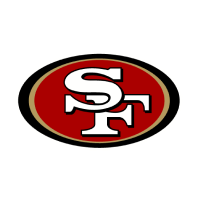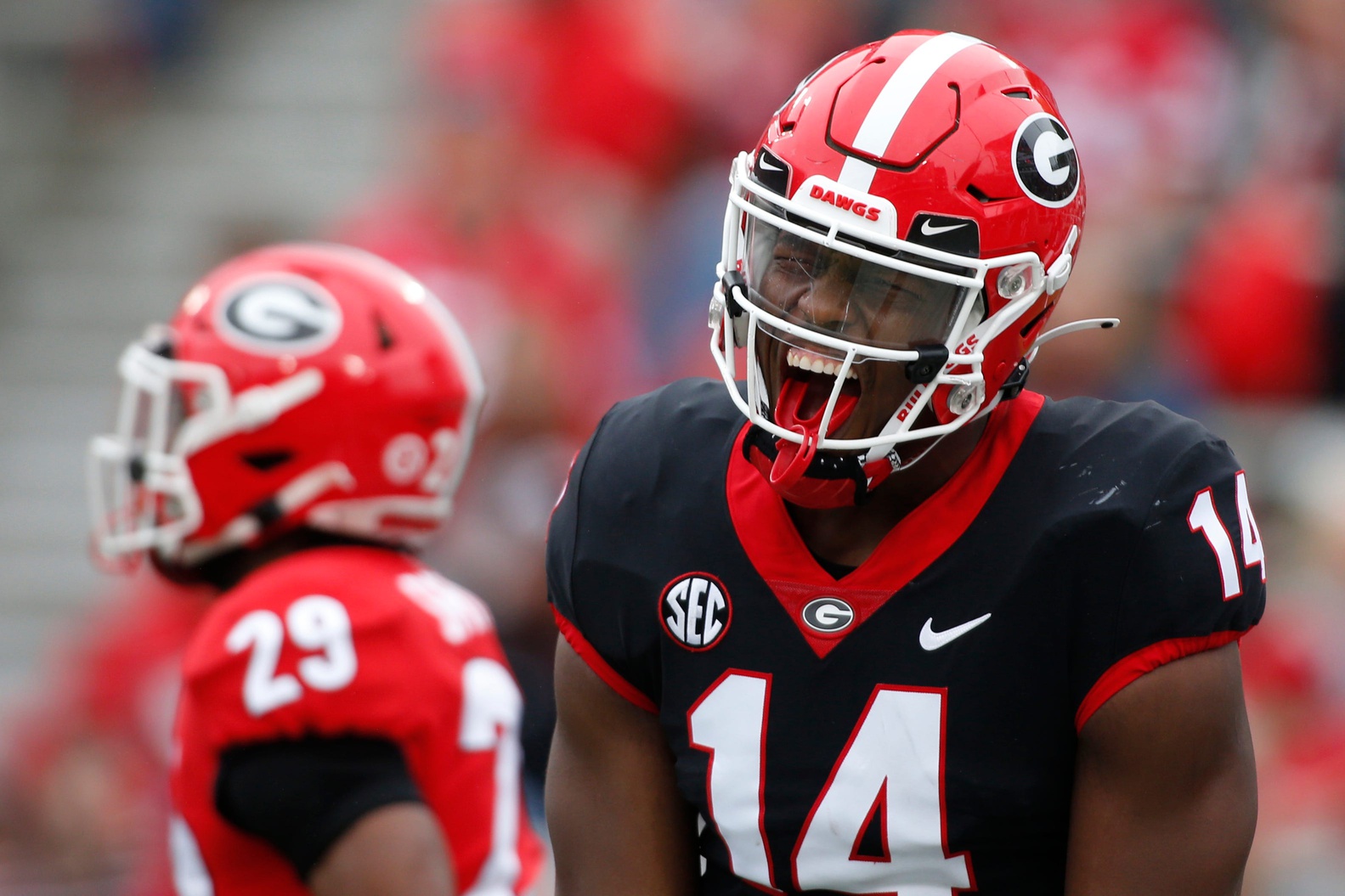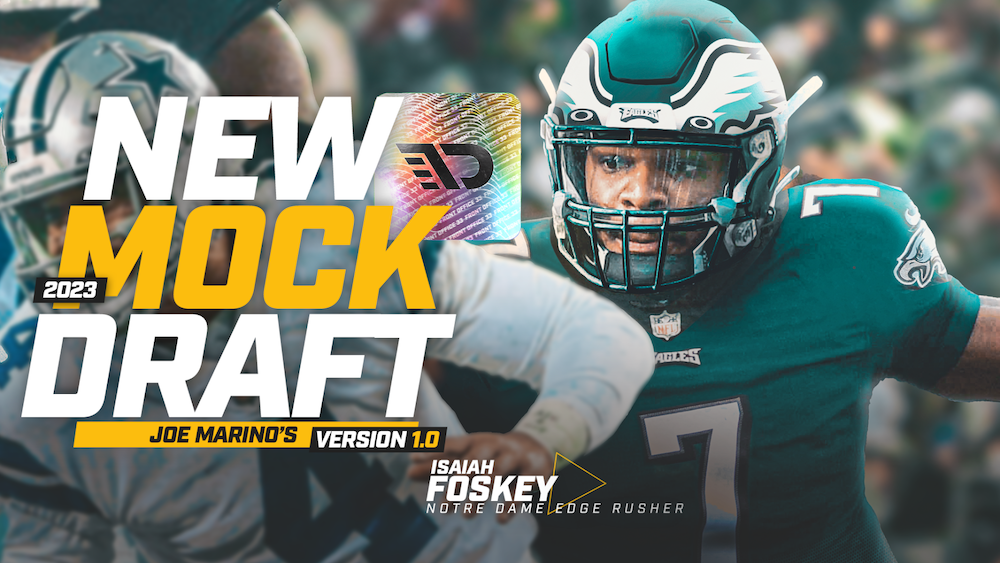CAROLINA PANTHERS POST-DRAFT TEAM GUIDE
The Carolina Panthers are at a unique point in their lifecycle, especially within the landscape of the NFC South. The Tampa Bay Buccaneers are clearly the favorites in the division and are expected to compete for a consecutive Super Bowl championship in 2021. With that said, the Buccaneers are very much in win-now mode and their staying power beyond Tom Brady is a question mark. The New Orleans Saints endured significant offseason losses and continue to stare at a challenging salary cap situation.
While Atlanta and Carolina are widely viewed as the bottom two teams in the division, that may not be the case for much longer as both franchises are in rebuilding mode with new general managers. They are primed to seize the opportunity to compete as the inevitable rebuilds hit for Tampa Bay and New Orleans and both teams collected significant talent via the 2021 NFL Draft to help gain ground within the division.
Let’s take a look back at what general manager Scott Fitterer accomplished in his first draft with the Panthers:
Round 1: Jaycee Horn, CB, South Carolina
In Julio Jones, Calvin Ridley, Kyle Pitts, Chris Godwin, Mike Evans, Antonio Brown, and Michael Thomas, the NFC South is loaded with dynamic receivers. After the loss of James Bradberry, Carolina was lacking coverage options to match up. With the addition of Horn, the Panthers now have a highly competitive defender with outstanding size, length, and athleticism. Horn brings confidence and has the mental makeup needed to compete with the opposing teams’ No. 1 receiver on a weekly basis. Horn will need to shore up his tackling consistency and be less grabby in coverage, but he absolutely addresses a critical need for the Panthers.
Round 2: Terrace Marshall, WR, LSU
Marshall was one of the 21 prospects who earned a first-round grade from me, so landing him in the second round is a tremendous value. Carolina lost Curtis Samuel in free agency and while Marshall brings a different skill set to the table, I like his chances to step in immediately and replace Samuel’s production. Marshall brings outstanding size, speed, physicality, ball skills, and ability to produce after the catch that makes him a threat at all levels of the field. He was one of the few holdovers from LSU’s historic offense in 2019 and he seized the opportunity to produce for the Tigers despite the erratic quarterback play that followed the departure of Joe Burrow.
Round 3: Brady Christensen, OT, BYU
Could Christensen FINALLY be the left tackle that actually replaces Jordan Gross who retired in [checks notes] 2014! Every season since, Carolina has featured a different primary starter at the left tackle position, so finding an answer is long overdue. A 38-game starter for BYU, Christensen was a consensus All-American in 2020 and brings quick feet, good bend, and sufficient power to the table to excel at the next level. While he doesn’t have ideal length and is an older prospect, Christensen did well to make sure Zach Wilson had all the time he needed at BYU to show off his arm talent. His ability to stay square, mirror, and remain controlled helps make up for the lack of length, but he will need to become more consistent with his punch timing and placement at the next level.
Round 3: Tommy Tremble, TE, Notre Dame
In a draft class full of picks I really like, the Tremble selection might be my favorite one. At this point, I highly doubt that Ian Thomas becomes a consistent threat at tight end and Dan Arnold is more of a complementary No. 2 option. While I am not saying Tremble is going to develop into a difference-maker in the NFL, I wouldn’t put it past him. Tremble is a physical and aggressive blocker that competes like his life depends on it, reminiscent of what we saw from George Kittle at Iowa and Travis Kelce at Cincinnati. Tremble wasn’t heavily featured in the Notre Dame passing game, but when he got chances to contribute, he displayed natural hands, ball skills, and route-running ability with dynamic skills with the ball in his hands. I love his opportunity to step into Joe Brady’s spread offense and make plays. Tremble has a high ceiling.
Round 4: Chuba Hubbard, RB, Oklahoma State
The most important traits for NFL running backs are vision and contact balance, neither of which are strengths for Hubbard. With that said, he is explosive and can get to his top speed in a hurry. Head coach Matt Rhule and defensive coordinator Phil Snow had a front-row seat to Hubbard’s dominant 2019 season in the Big 12, where he collected 2,094 rushing yards and 21 rushing touchdowns in 13 games. Hubbard wasn’t nearly as effective in 2020, due partly to an ankle sprain that he battled through. Adding a potential big-play threat behind Christian McCaffrey was a smart move for Carolina but Hubbard does have a notable adjustment to the next level.
Round 5: Daviyon Nixon, IDL, Iowa
From a physical traits standpoint, Nixon had no business being available for Carolina in the fifth round. He has rare explosive quickness for his size and has over 35-inch arms. Nixon was a flashy playmaker for Iowa but only started nine games and there were too many lowlights on film. Combining that with some maturity concerns pushed him down the board. If there is a destination that I believe can maximize Nixon’s talents it’s Carolina under the leadership of Rhule. Carolina’s defensive line needed more depth and versatility and Nixon has a chance to deliver that.
Round 5: Keith Taylor, CB, Washington
Considering the state of the depth chart, double-dipping at cornerback was a smart move by Carolina and Taylor is an interesting developmental option. While Taylor didn’t surrender much in college, he does need to get stronger and develop his coverage instincts to find success at the next level. He has modest transitional quickness and his ball skills were disappointing in college. Taylor needs work but could develop into reliable depth.
Round 6: Deonte Brown, IOL, Alabama
Brown was a massive people-mover at Alabama and he held his own as a pass blocker in the SEC. With that said, his struggles with keeping his weight down have plagued him in every season. His weight has ranged from 375 to 340 and he never found consistency. Weighing in at 364 at the Senior Bowl, Brown was abused by quick pass rushers throughout the week and then shed nearly 20 pounds for his Pro Day just two months later. His weight fluctuating so much during the draft process is concerning considering what is at stake. If Brown can keep his weight down, he has a chance to develop into a starter for the Panthers, but if he’s going to balloon up to the 370-380 range, the likes of Grady Jarrett, Vita Vea, and David Onyemata are going to eat him up in the NFC South.
Round 6: Shi Smith, WR, South Carolina
The Panthers landing Smith was one of my five favorite sleeper picks from the entire draft.
Over the last two offseasons, the Panthers have put together the pieces necessary to run Brady’s spread offense and Smith is the cherry on top. Smith—joining a mix of pass-catchers including D.J. Moore, Robby Anderson, Marshall Jr., and David Moore in addition to McCaffrey—should thrive on the spacing problems that the group can present and thrive in the slot. Smith is a quick-twitch athlete that knows how to get open with his dynamic release package, route-running skills, and ability to accelerate. He is a pesky competitor that is aggressive at the catch point and has (mostly) reliable hands. I love his fit in Carolina and the opportunity to make teams regret letting him slide this far in the draft.
Round 6: Thomas Fletcher, LS, Alabama
J.J. Jansen has been the Panthers’ long snapper since 2009 and has appeared in 192 consecutive games for Carolina. He’s been as reliable as they come, but he is starting to get up there in age at 35 years old. The selection of Fletcher gives Carolina a chance to get younger and cheaper at the position. The Panthers can free up around $1 million in cap space by releasing Jansen prior to the season. Fletcher is a highly-decorated long snapper that never had an errant snap during his time at Alabama, which included an abundance of opportunities to execute in the largest stages that college football has to offer.
Round 7: Phil Hoskins, IDL, Kentucky
In many ways, Hoskins embodies many of the characteristics Rhule covets in prospects. He has prototypical size, good athleticism, and is a high-character individual. Hoskins began his college career at the JUCO level before finding a home at Kentucky where he developed into a steady presence for the Wildcats defensive line. Carolina’s defensive line depth chart is becoming crowded and Hoskins is the 2021 draft pick with the toughest course ahead to make the roster as a rookie.
How Did The Panthers Do?
The first draft under the direction of Fitterer certainly felt different than past Carolina drafts. There was intentionality with every selection and we even saw the Panthers aggressively trade up and down the order. With Carolina still being a team in transition, Fitterrer did well to address needs with good value and land a few prospects that I believe can become franchise cornerstones. I love how Carolina places an emphasis on physical traits and athleticism while trusting their coaching staff to maximize the talent of the players brought into the mix.
The 2021 draft haul for Carolina has the potential to produce several starters and key depth pieces. This was my favorite Panthers draft class in a long time.
Filed In
Related Articles
NFL Draft
Arik Gilbert Doesn’t Need Big Workload To Be A Top NFL Draft Pick
- Aug 22, 2022
NFL Draft
2023 NFL Mock Draft: Marino 1.0
- Aug 22, 2022
Written By
